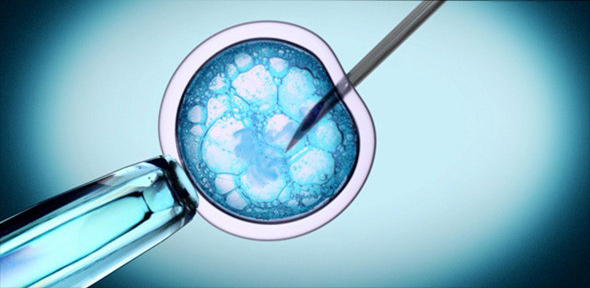Novel, high-tech genetic approaches such as CRISPR-Cas9 gene editing are powerful tools to understand the function of genes involved in traits such as heat and bleaching tolerance. This knowledge also guides marker-assisted selective breeding for restoration and conservation and provides tools to identify naturally resilient coral colonies or populations.
Over the past two years, we have built new technologies to make specific edits to the genomes of corals using micro-injection of CRISPR-Cas9. For the first time, this technique allows us to understand the functions of genes involve in diverse aspects of coral biology.
Microinjection of CRISPR-Cas9 into fertilised coral eggs to make precise mutations in target genes. Photo; Patrick Buerger and Phillip Cleves
During this year’s spawning, we will test the function of several master regulators of the heat-stress response that we think are major triggers of coral bleaching and thermal resilience. These groundbreaking experiments aim to increase our understanding of why corals bleach and how to generate corals with increased thermal tolerance.
Ultimately, we hope this work will help better predict bleaching/resilience in natural populations of corals and aid in coral restoration.



